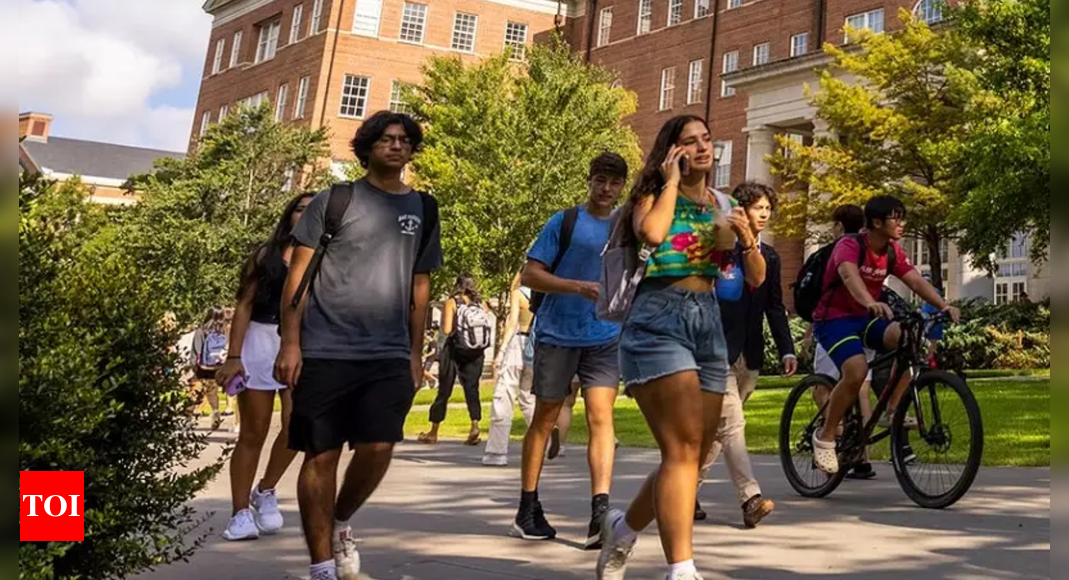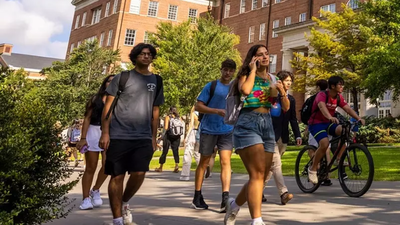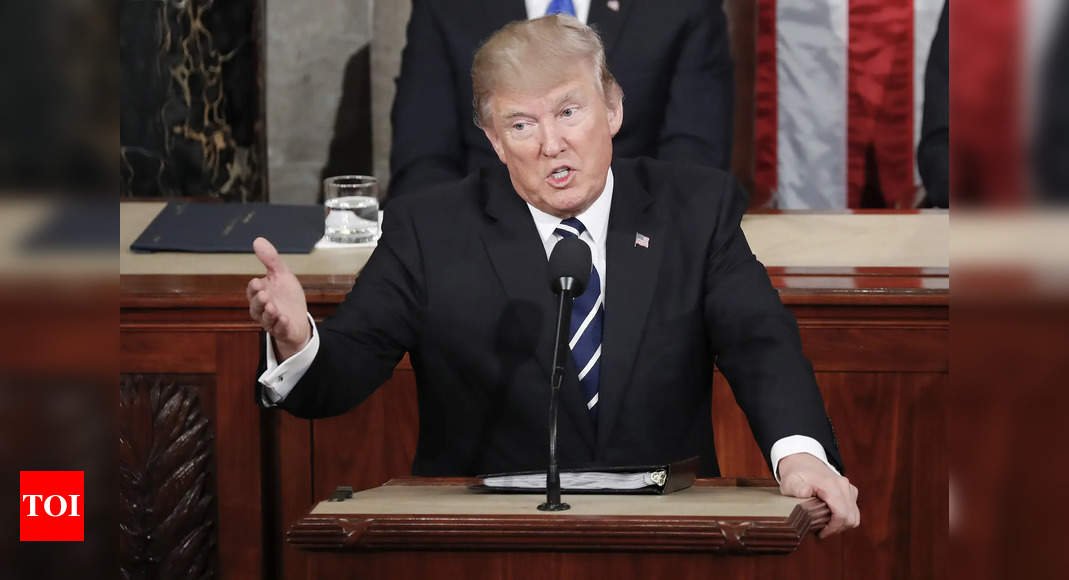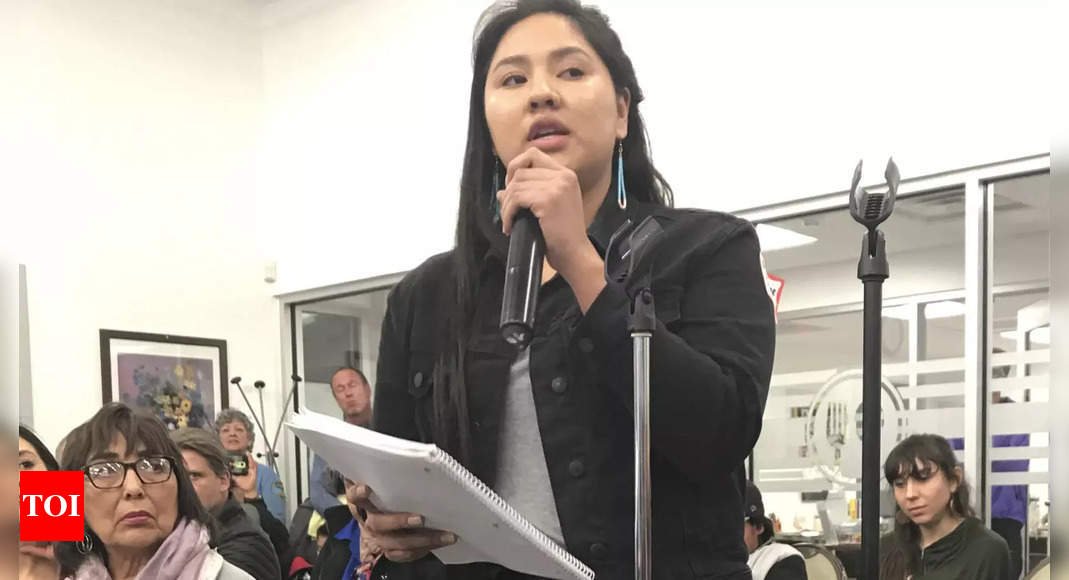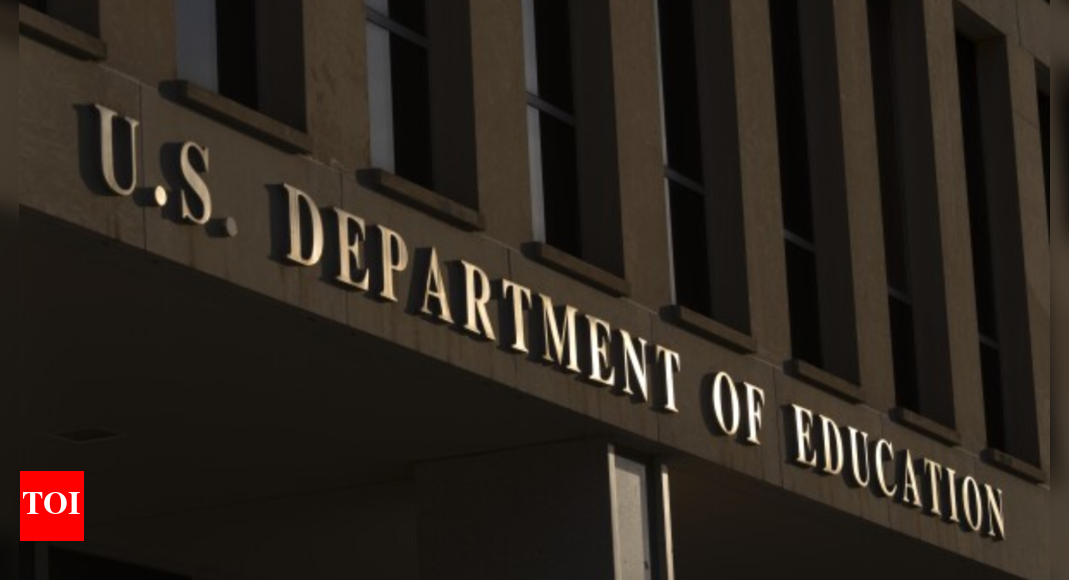Ban all diversity, equity, and inclusion (DEI) initiatives in schools or lose federal funding. That was the blunt warning issued by the U.S. Department of Education last Friday in a sweeping four-page directive that has left school administrators scrambling. The directive, which applies to institutions ranging from preschools to universities, demands the elimination of race-conscious policies in admissions, hiring, scholarships, financial aid, and campus life, all within 14 days.
The letter, signed by Craig Trainor, the acting assistant secretary for civil rights at the Education Department, states that schools receiving federal funds can no longer use race as a factor in “admissions, hiring, promotion, compensation, financial aid, scholarships, prizes, administrative support, discipline, housing, graduation ceremonies, and all other aspects of student, academic, and campus life.” The directive follows President Donald Trump’s broader crackdown on DEI programs, which he claims foster “wokeness” and racial favoritism.
As expected, the announcement has triggered widespread concern. School leaders and legal experts argue that such a sweeping overhaul is neither practical nor legally enforceable in such a short timeframe. While some institutions may attempt immediate compliance to avoid financial repercussions, others are likely to challenge the directive in court.
How will this affect students?
For students across the country, the impact of this ban could be far-reaching, affecting financial aid, campus support systems, and overall inclusivity in academic spaces. One of the biggest concerns is the fate of scholarships and financial aid programs designed specifically for and targeted towards marginalized groups. With DEI programs under attack, funding for students of color, first-generation college students, and underprivileged communities could be at risk.
The directive has also raised questions about the future of student resource centers, mentorship programs, and cultural organizations. Many campuses currently provide safe spaces for Black, Hispanic, Asian American, and LGBTQ+ students, offering guidance and support that is crucial to their success in higher education. Without federal backing, these programs could disappear, leaving many students feeling unsupported and isolated.
Additionally, special graduation ceremonies tailored for historically underrepresented groups, such as Black student graduations or Latinx achievement celebrations, may be forced to shut down. Some argue that these events are important cultural milestones, while critics see them as divisive. The sudden ban leaves institutions unclear about whether they must cancel these ceremonies or risk violating the new federal guidance.
The policy also extends to hiring and faculty diversity efforts. Many universities have worked hard to recruit a more representative faculty body, ensuring that students from diverse backgrounds see themselves reflected in their educators. The loss of DEI initiatives could halt this progress, leading to a stagnation, or even a decline, in faculty diversity.
The legal and logistical chaos
The rushed nature of the ultimatum has left legal experts and school administrators questioning its feasibility. The letter itself acknowledges that it “does not have the force and effect of law,” but warns institutions that failure to comply could lead to funding cuts. This has created an atmosphere of uncertainty, with some schools unsure whether immediate action is necessary.
Ted Mitchell, president of the American Council on Education, which represents over 1,600 colleges and universities, expressed the frustration felt by many. “There’s nothing specific enough for us to be able to act on in 14 days unless we just wipe the slate clean,” he said, warning that overcompliance might cause institutions to eliminate programs unnecessarily.
The legality of the move is also under fire. The American Association of University Professors and the National Association of Diversity Officers in Higher Education have already filed lawsuits, arguing that the directive exceeds executive authority and violates both the First and Fifth Amendments. Lawyers have echoed these concerns, with Stacy Hawkins, a professor at Rutgers University, emphasizing that “these agencies enforce the law, they don’t make the law.”
A step back for inclusivity?
While the Trump administration frames this as an effort to eliminate racial preferences and create a merit-based system, critics argue that it disproportionately harms students who have historically been underrepresented in higher education. Diversity initiatives were never about excluding certain groups but rather ensuring that all students, regardless of their background, had access to opportunities and support.
Without these programs, students from marginalized communities may face higher financial and academic barriers. The absence of DEI resources could lead to a rise in dropout rates among minority students, increased campus discrimination, and a more homogenized student body that lacks diverse perspectives.
As schools navigate this new directive, one thing remains clear: the debate over diversity in education is far from over. Whether through legal battles or institutional resistance, the fight for inclusive education in America is set to continue long past the 14-day deadline.

